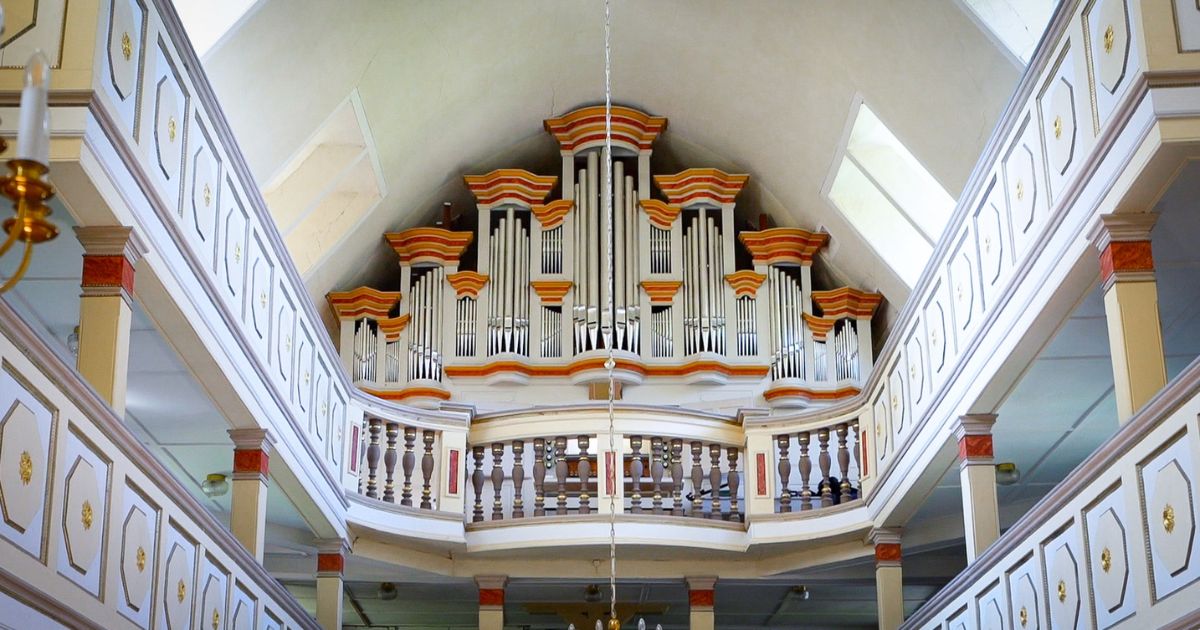What Is the Hierarchy of Ranks in a Pipe Organ?
Greetings, music enthusiasts! I'm Paul Fey, a dedicated professional organist with a profound passion for the pipe organ. With years of experience and an unwavering love for this magnificent instrument, I warmly welcome you to this blog post where we will delve into the fascinating world of the hierarchy of ranks in a pipe organ.
Introduction to the Pipe Organ
Before delving into the hierarchy of ranks, let's start by briefly understanding what a pipe organ is. The organ is a majestic musical instrument renowned for its beautiful and powerful sound. It consists of multiple pipes, each producing a distinct pitch and timbre. These pipes are categorized into various ranks, forming the backbone of the instrument.
Understanding the Hierarchy of Ranks
In a pipe organ, the hierarchy of ranks refers to the classification of pipes based on their tonal characteristics and functions within the instrument. Each rank is designed to produce a specific pitch and sound quality, working in harmony to create a rich and diverse musical experience.
Principal Ranks
At the top of the hierarchy are the principal ranks . These ranks are the foundation of the organ's sound and provide the primary tonal color. The Principal, Octave, Quint, and Sifflöte are some examples of principal ranks. They deliver a clear, fundamental sound and are fundamental to the overall tonal character of the instrument.
Flute Ranks
Below the principal ranks, we have the flute ranks. Flute ranks produce a softer, mellower sound compared to the principal ranks. They add warmth and lyrical qualities to the organ's timbre. Examples of flute ranks include the Flute, Gedeckt, and Gemshorn.
Reed Ranks
Reed ranks bring a distinctive, forceful character to the organ's sound. Known for their powerful and brassy tones, reed ranks create a sense of drama and excitement. Trumpet, Oboe, and Clarinet are some of the reed ranks commonly found in pipe organs.
String and Celeste Ranks
String and Celeste ranks produce a delicate, ethereal quality reminiscent of the sound of strings in an orchestra. They add a sense of elegance and can create mesmerizing melodic lines. Examples of string and celeste ranks include Viola, Salicional, and Vox Celeste.
Mixtures and mutations
To add depth and brilliance to the overall sound, mixtures and mutations are employed in the pipe organ. These ranks consist of multiple pipes blended together to create a shimmering effect. They enhance the organ's harmonic richness and provide a thrilling tonal palette suited for majestic and grand compositions.
The Importance of the Hierarchy
The hierarchy of ranks holds great significance in shaping the artistic possibilities of a pipe organ. It enables organists to navigate through a vast range of tonal colors and dynamics, allowing them to faithfully interpret a wide repertoire of music across different genres and historical periods. Understanding the hierarchy enables organists to make informed decisions when selecting stops and combinations that suit the particular musical piece being performed. It allows them to express the intended musical expression and capture the essence of the composer's vision.
Conclusion
In this blog post, we have explored the hierarchy of ranks in a pipe organ, delving into the principal ranks, flute ranks, reed ranks, string and celeste ranks, as well as mixtures and mutations. By understanding the role and characteristics of each rank, organists can harness the full potential of this remarkable instrument. I hope this article has provided you with valuable insights into the fascinating world of the pipe organ.
If you want to explore more about the pipe organ or access a wide range of music sheets, be sure to visit my website, Paulfeyorganist.com. You will find a treasure trove of music sheets for various genres and difficulty levels.
Thank you for joining me on this journey through the hierarchy of ranks in a pipe organ. Stay tuned for more engaging and informative content on my YouTube channel. Keep exploring the majestic world of music and let the pipe organ's timeless beauty inspire you!


Wow Paul, Great! Please come play at Assumption Cathedral, Bangkok Thailand. There is a recently serviced hybrid organ and of course the old cathedral building with its many stained-glass windows and tons of marble and precious woods. Built circa 1820. To God be the Glory. Ever thankful, Thailand Paul